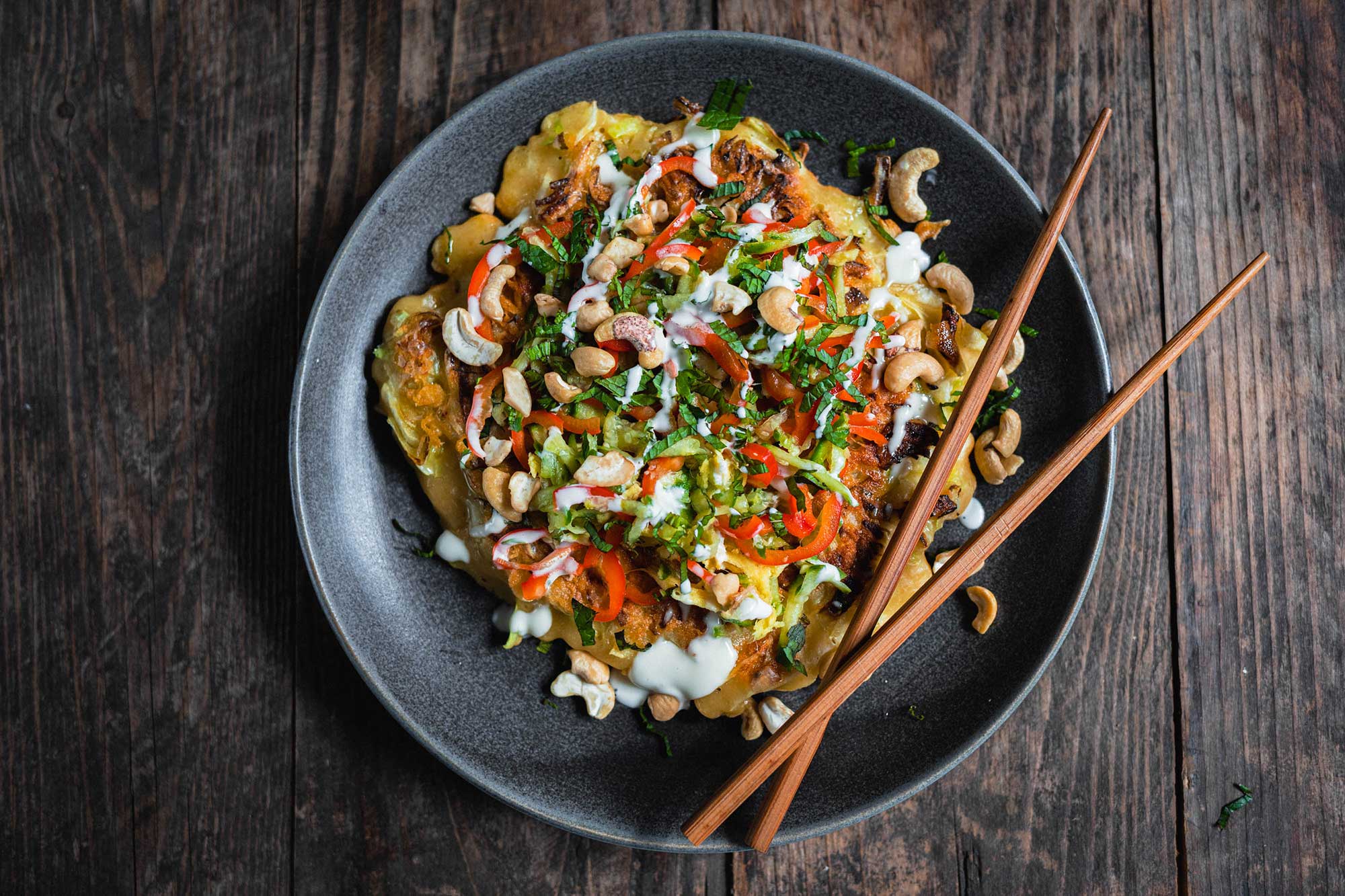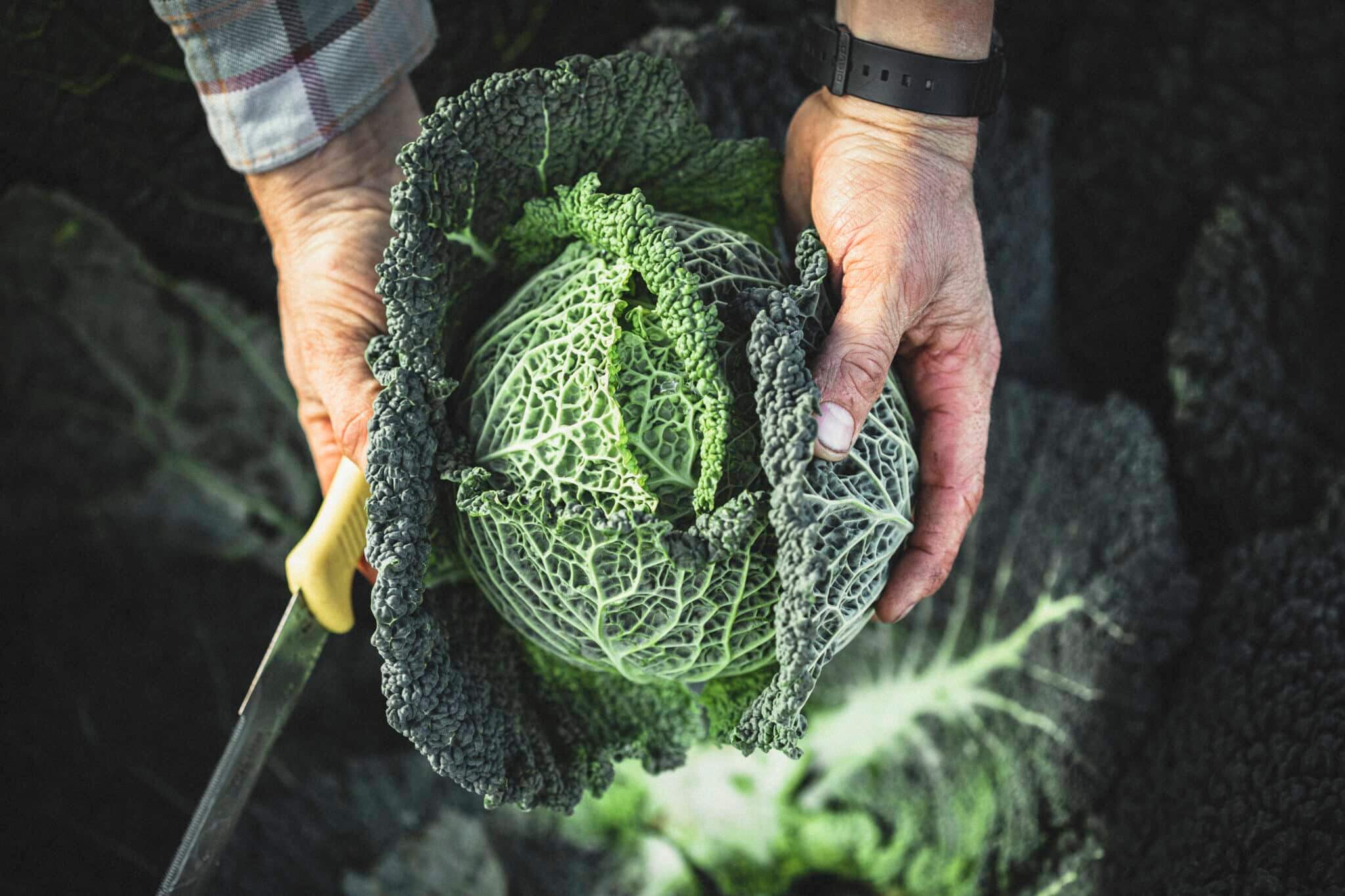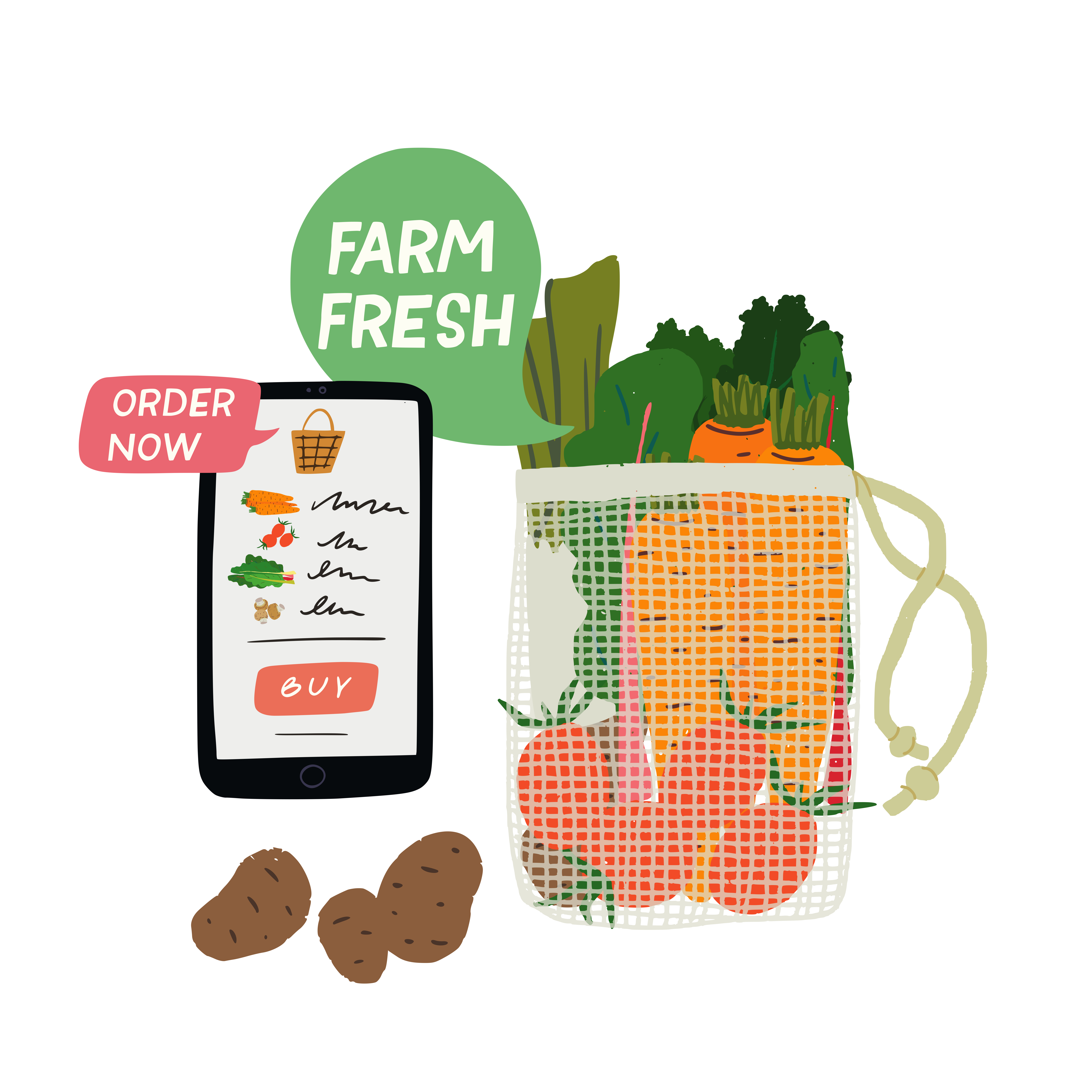With variety names like January King and savoy, the cabbage is vegetable royalty here in the UK. Even when Hungry Gap arrives, the period where British veg struggles to grow, the hardy cabbage continues to provide. This brassica is perfectly suited to our temperate climate and grows 365 days of the year.
Eating local seasonal produce is recognised as a surefire way to reduce the environmental impacts of our food but cabbages get a bad rep, conjuring images of uninspiring school meals and memories of overcooked textures.
But cabbage doesn’t have to be this way, and chefs and home cooks alike are appreciating the virtues of this seasonal stalwart and cooking it in new and exciting ways, as well as following ancient techniques of preservation.
From baking it whole to eating it raw, pickling it and fermenting it, these five recipes will help you to look beyond its undeserving reputation and make seasonal eating delicious as well as varied.
Japanese cabbage pancakes (Okonomiyaki)
Okonomiyaki loosely translates to ‘any way you like’. That’s the essence of this dish. It’s versatile and can be enjoyed in a multitude of ways. This recipe is a great way to use any leftover cabbage, especially as very few recipes call for a whole one. This is a simple recipe that should be treated as a base for any toppings you like. It works particularly well with seafood or pickled vegetables. To try this recipe, click here.
Whole baked ‘cremated’ cabbage
This is quite possibly the simplest cabbage recipe ever, involving no prep and using the whole vegetable, meaning no waste. Baking the cabbage whole means that the outer leaves create a hard shell which allows the inside leave to steam in their own juices. You can find the recipe here.
Rice and cabbage may not sound exciting, but this dish is packed with flavour from the vegetables, herbs, sweet raisins and creamy feta. This dish is perfect if you’ve got half a cabbage left in the fridge for an easy midweek dinner or as meal prep for lunches. Click here for the recipe.

Sauerkraut and kimchi
Not only are fermented foods delicious but they are really good for you because they produce probiotics or ‘live bacteria’ during the process of fermentation. This is a classic, simple sauerkraut recipe but add garlic, ginger and chilli to transform it into a quick kimchi: a Korean classic with a zingy spicy hit. For the full recipe, click here. Once made, kimchi can be used in myriad ways, raw as a side or caramelised and added to udon noodles with vegetables. This recipe can be found here.

Toasted seed and tahini slaw
This dish can be whipped up in a matter of minutes, making it perfect as a side dish or a quick lunch. Toasted seeds add extra crunch, flavour and nutrients to coleslaw. This recipe is easily adapted, so try grating in any other root veg you have to hand. Click here to find the full recipe.














Great sounding recipes – can’t wait to try them.
I have always made my own kimchi – but never realised I could cook it too!!